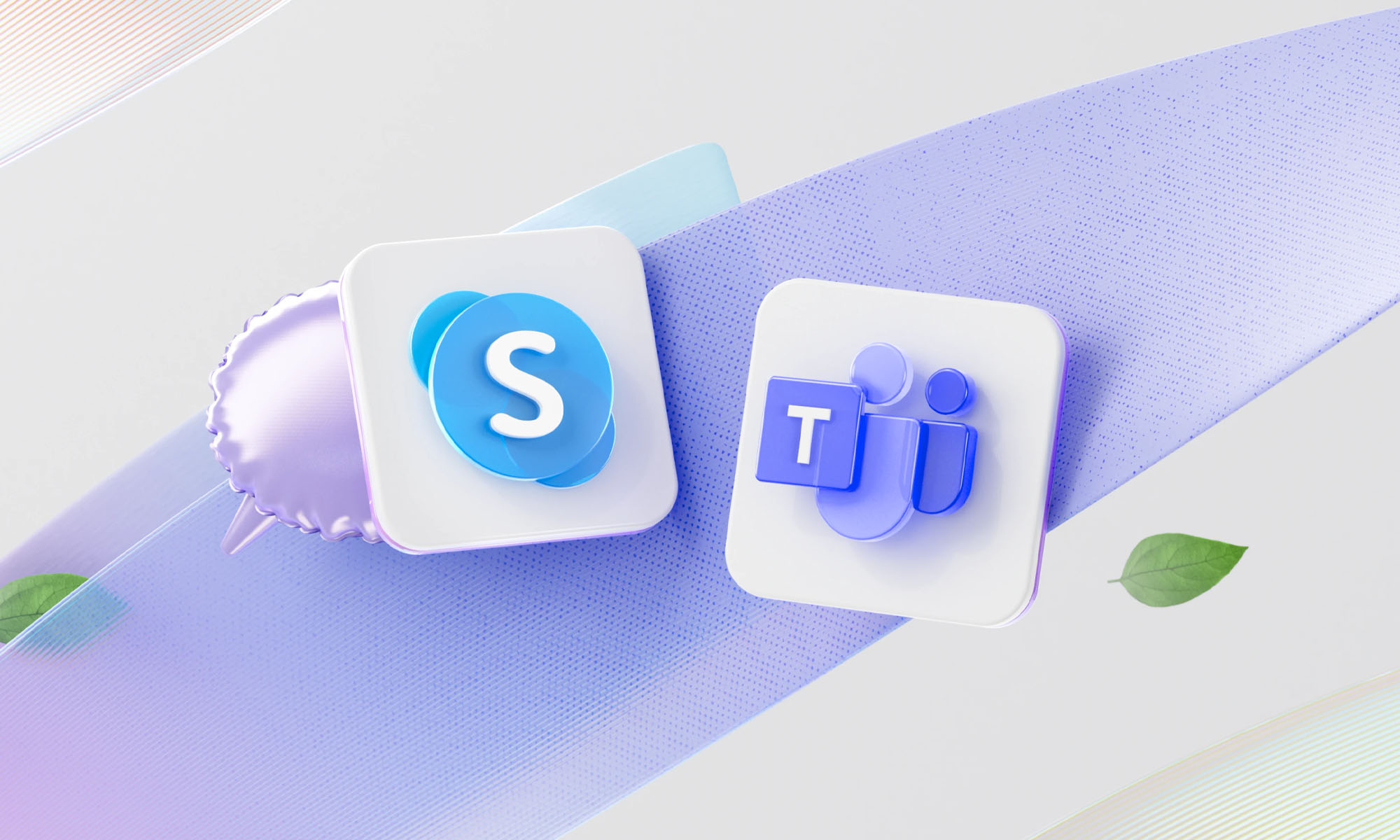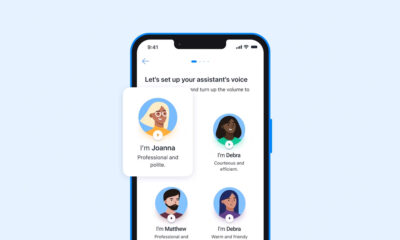News
After Two Decades, Microsoft Announces Skype Shut Down
21 years after its creation, the service will come to an end on May 5, 2025, as Microsoft prioritizes its Teams platform.

Microsoft has officially announced plans to discontinue Skype, with the service set to go offline on May 5, 2025. The company will instead shift its focus to Microsoft Teams, which has become its primary communication and collaboration platform.
“The way we communicate has evolved significantly over the years. From instant messaging to video calls, technology has continuously transformed how we connect […] To streamline our free consumer communications offerings so we can more easily adapt to customer needs, we will be retiring Skype in May 2025 to focus on Microsoft Teams, our modern communications and collaboration hub,” Microsoft stated.
As part of this transition, Skype’s phone calling feature — including domestic and international calls — will also be phased out. Users who rely on Skype Numbers will need to transfer them to another provider before the shutdown. However, Microsoft will maintain interoperability between Skype and Teams, allowing users to send messages between the two platforms.
To ease the migration, Microsoft will enable Skype users to sign in to Teams using their existing credentials or export their Skype data to use with another provider. Additionally, Microsoft is ending pay-as-you-go calling services for new customers while existing subscribers can use their remaining credits until their next renewal period. The company has not clarified whether users will receive refunds for unused balances.
Skype’s shutdown doesn’t come as a surprise. Originally developed in 2003, the platform quickly gained traction, reaching 40 million users by 2005, which led to eBay acquiring it for $2.6 billion. Microsoft later purchased Skype in 2011 for $8.5 billion, but over time, the platform struggled to maintain its dominance after the rise of competitors like Zoom and Slack.
Also Read: Top E-Commerce Websites In The Middle East In 2025
Microsoft’s introduction of Teams in 2017 as a direct competitor to Slack, also meant a gradual overshadowing of Skype. The platform became even more central to Microsoft’s ecosystem when it was made the default communication app for Windows 11. By December 2024, Microsoft had already stopped allowing Skype users to add credit or purchase new phone numbers, signaling its intent to phase out the platform completely.
Jeff Teper, president of Microsoft 365 collaborative apps and platforms, acknowledged the significance of the decision. “We know this is a big deal for our Skype users, and we’re very grateful for their support of Skype and all the learnings that have factored into Teams over the last seven years,” he said. “At this point, putting all our focus behind Teams will let us give a simpler message and drive faster innovation”.
News
Google Releases Veo 2 AI Video Tool To MENA Users
The state-of-the-art video generation model is now available in Gemini, offering realistic AI-generated videos with better physics, motion, and detail.

Starting today, users of Gemini Advanced in the MENA region — and globally — can tap into Veo 2, Google’s next-generation video model.
Originally unveiled in 2024, Veo 2 has now been fully integrated into Gemini, supporting multiple languages including Arabic and English. The rollout now brings Google’s most advanced video AI directly into the hands of everyday users.
Veo 2 builds on the foundations of its predecessor with a more sophisticated understanding of the physical world. It’s designed to produce high-fidelity video content with cinematic detail, realistic motion, and greater visual consistency across a wide range of subjects and styles. Whether recreating natural landscapes, human interactions, or stylized environments, the model is capable of interpreting and translating written prompts into eight-second 720p videos that feel almost handcrafted.
Users can generate content directly through the Gemini platform — either via the web or mobile apps. The experience is pretty straightforward: users enter a text-based prompt, and Veo 2 returns a video in 16:9 landscape format, delivered as an MP4 file. These aren’t just generic clips — they can reflect creative, abstract, or highly specific scenarios, making the tool especially useful for content creators, marketers, or anyone experimenting with visual storytelling.
Also Read: Getting Started With Google Gemini: A Beginner’s Guide
To ensure transparency, each video is embedded with SynthID — a digital watermark developed by Google’s DeepMind. The watermark is invisible to the human eye but persists across editing, compression, and sharing. It identifies the video as AI-generated, addressing concerns around misinformation and media authenticity.
While Veo 2 is still in its early phases of public rollout, the technology is part of a broader push by Google to democratize advanced AI tools. With text-to-image, code generation, and now video creation integrated into Gemini, Google is positioning the platform as a full-spectrum creative assistant.
Access to Veo 2 starts today and will continue expanding in the coming weeks. Interested users can try it out at gemini.google.com or through the Gemini app on Android and iOS.

























